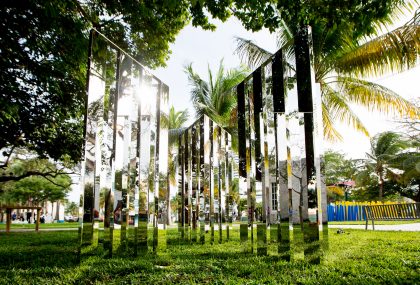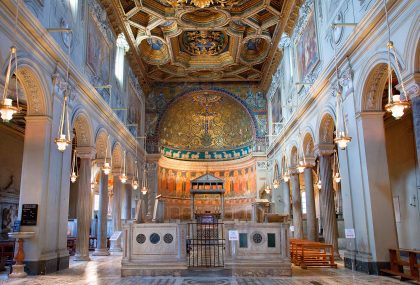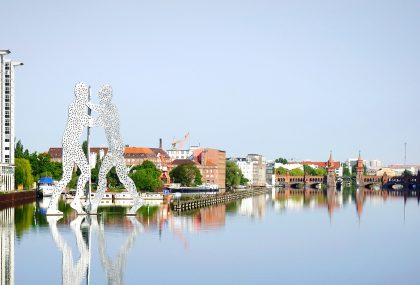Old versus new: a city of two sides
Anna Hart
Travel editor and writerThe secret to keeping your love for a city alive? An itinerary that blends old favourites and classic sights with an exploration of the thriving new indie-gallery scene, café culture and up-and-coming designers. Travel writer Anna Hart rediscovers the old and explores what's new in four of our favourite cities: Berlin, Miami, Toronto and Rome.
As a travel writer specialising in city destinations, I think cities offer travellers the richest and most rewarding relationships. A good city knows how to keep the passion alive – every time I land in one of my favourite cities, I’m greeted by a dazzlingly fresh face. Whether it’s a former industrial area turned emerging street-art scene, or a fusty financial district that’s been given an edgy makeover with a covered streetfood market, there’s a thrill to seeing a city you adore evolve, morph and mature. For urbanite travellers like myself, there’s no more potent cocktail than this blend of the reassuringly old – my favourite established galleries, iconic sights and familiar restaurants – and the thrillingly new.
Toronto: The new culinary capital
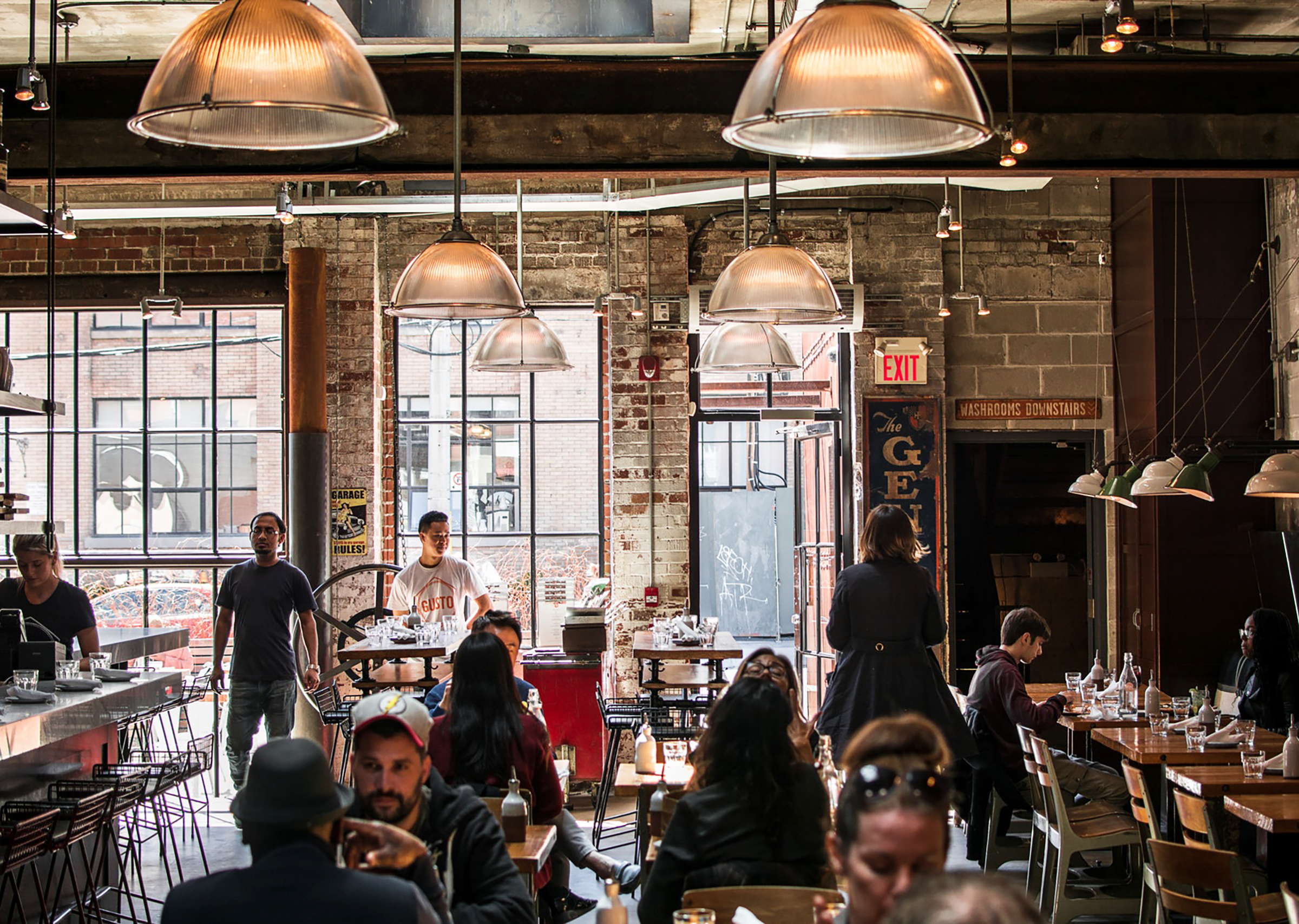
Landmarks and attractions like the CN Tower, Royal Ontario Museum, Casa Loma and St Lawrence market all brought a record number of visitors to vibrant Toronto in 2017. The city is also famously Canada’s economic powerhouse, and in 2015, the population of the greater Toronto area topped six million people for the first time. In terms of construction and development, Toronto is experiencing a boom greater than any North American city other than New York.
What’s new? This economic boom has sparked a simultaneous culinary boom, transforming Toronto into one of the most exciting gastronomic destinations on the planet, with a deliciously down-and-dirty speakeasy scene to boot. For pre-dinner drinks, The Cloak Bar requires a texted password to get you past the velvet curtain and into this candlelit cocktail den, but it’s worth the effort. The same can be said of The Libertine, a vast basement space with red lacquer banquettes and an up-for-it crowd. Bring all your hunger to Roncesvalles in the city’s West End, to cozy Cuban diner, La Cubana, while nearby in Parkdale, you’ll find tacos at Grand Electric and a delectable tiki bar, Miss Thing’s. That’s the thing about dining out in Toronto, it’s a whirlwind tour of international cuisines. If you want to travel around the world in 80 restaurants, Toronto is the city for you.
Miami: The emerging street art capital

With vibrant and innovative Cuban cuisine, sexy beach clubs and sleek hotels, this unashamedly glitzy and glamorous hub has always known how to get travellers to let their hair down. A beach-front walk along Ocean Drive is like stepping back in the past, the iconic Thirties hotel façades lining the street are one of the world’s greatest concentrations of Art Deco buildings. In recent years, the so-called Magic City has undergone a spectacular cultural resurgence and wooed the international art crowd, with Miami Beach icons like The Bass Contemporary Art Museum vying for the attention of art-lovers with classic, grandiose garden estates like the Vizcaya, complete with extensive Italian Renaissance style gardens.
What’s new? Miami’s creative bent isn’t confined to big-hitter established galleries like the Bass. Many of Miami’s streets have something of the art gallery about them. In Miami’s north, Wynwood Walls (pictured) is an outdoor space boasting the largest collection of street art murals in the world, all flanked by independent breweries, cool independent cafés and edgy galleries. Covering 30,000 square feet, it features work by leading artists in the genre: from Kenny Scharf and Brazil’s Os Gemeos to Shepard Fairey (of Barack Obama “Hope” posters fame).
Berlin: The up-and-coming design hotspot

Few cities are as nakedly shaped by recent history as Berlin is. The legacy of the devastating bombing raids, which destroyed most of the historic city centre, mean many of the city’s iconic sights are heavily influenced by WW2, from restored architecture like the Brandenburg Gate and the Reichstag Building to the poignant monuments and memorials created in the aftermath. The Cold War that followed meant that when the wall finally came down in 1989, defunct warehouse spaces and unoccupied residential blocks abounded. The combination of cheap rent and bruising recent history steadily earned Berlin a rep as the most creative, fun and edgy capital city on the planet.
What’s new? Berlin is famous for history and hedonism, and when most people think about the city’s creative side, they picture edgy squats and warehouse studios. But Berlin has an increasingly polished, glossy design-led fashion scene, with cutting-edge interior design studios and emerging designers. There are the chic boutiques and eateries of Mitte, where you can shop emerging German designers at Wald before settling down with a flat white at The Store, the gallery space, cafe and concept store at the foot of Soho House Berlin. Kreuzberg and Neukölln are the self-proclaimed hipster districts, where artists and designers open boutiques and co-working spaces next to Turkish supermarkets that have been in situ for years. After shopping designer boutiques like Voo (pictured), venture to Markthalle Neun, Kreuzberg’s Thursday night covered streetfood market, to digest all this design inspiration with the help of an organic Riesling.
Rome: The new bohemian playground
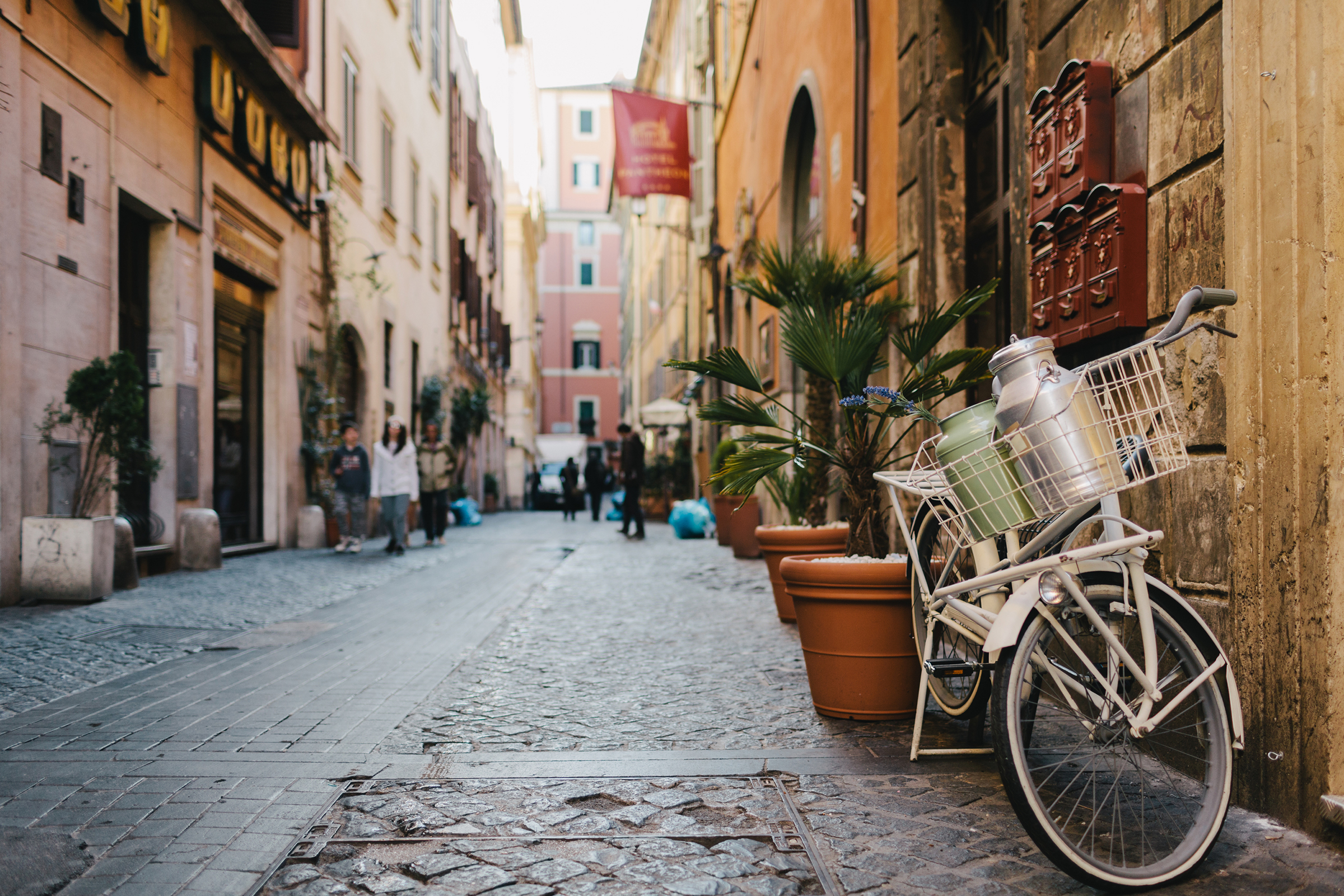
Arriving in Rome is like stepping into a living archaeological museum, surrounded by soul-stirring historical sights and iconic artworks. A cultural capital for more than 3,000 years, it’s hard to think of a destination with more bucket-list sights than Rome, where dramatic landmarks like the Colosseum, Forum and Pantheon serve as robust reminders of Rome’s status as the epicentre of the Roman Empire. You’ll gaze down the first ever paved road, Via Appia Antica, and take in Michelangelo sculptures, frescoes by Raphael and Caravaggio canvases. Renaissance churches and catacombs cosy up to baroque facades and fountains – everywhere you look, your eye falls on an architectural flourish or artistic triumph.
What’s new? Rome is a city that belongs to the living, not the dead, and after taking in the classic sights such as the Trevi fountain and St Peter’s Basilica, it pays to wander into the hidden side streets of Monti with your eyes wide open. You’re just a stone’s throw from the Colosseum, but the hip district of Monti buzzes with cool bars, quirky boutiques and traditional trattoria. Perennially cool Monti proves that Rome’s contemporary creative scene is just as vibrant as it was in the past. Feast on artichoke antipasti at La Carbonara, sip a Chianti in the ivy-strewn doorway of Ai Tre Scalini, a rustic enoteca. And if you can, time your visit with the vintage fair Mercato Monti, to find handblown glass lamps, kitsch textiles and vintage biker jackets.
Anna Hart is a travel writer and author specialising in emerging city destinations and adventure travel. Her travel memoir, Departures: A Guide to Letting Go, One Adventure at a Time, published by Little, Brown Book Group, is available now.
Header image photography by Zachary Balber. Courtesy of The Bass, Miami Beach.


